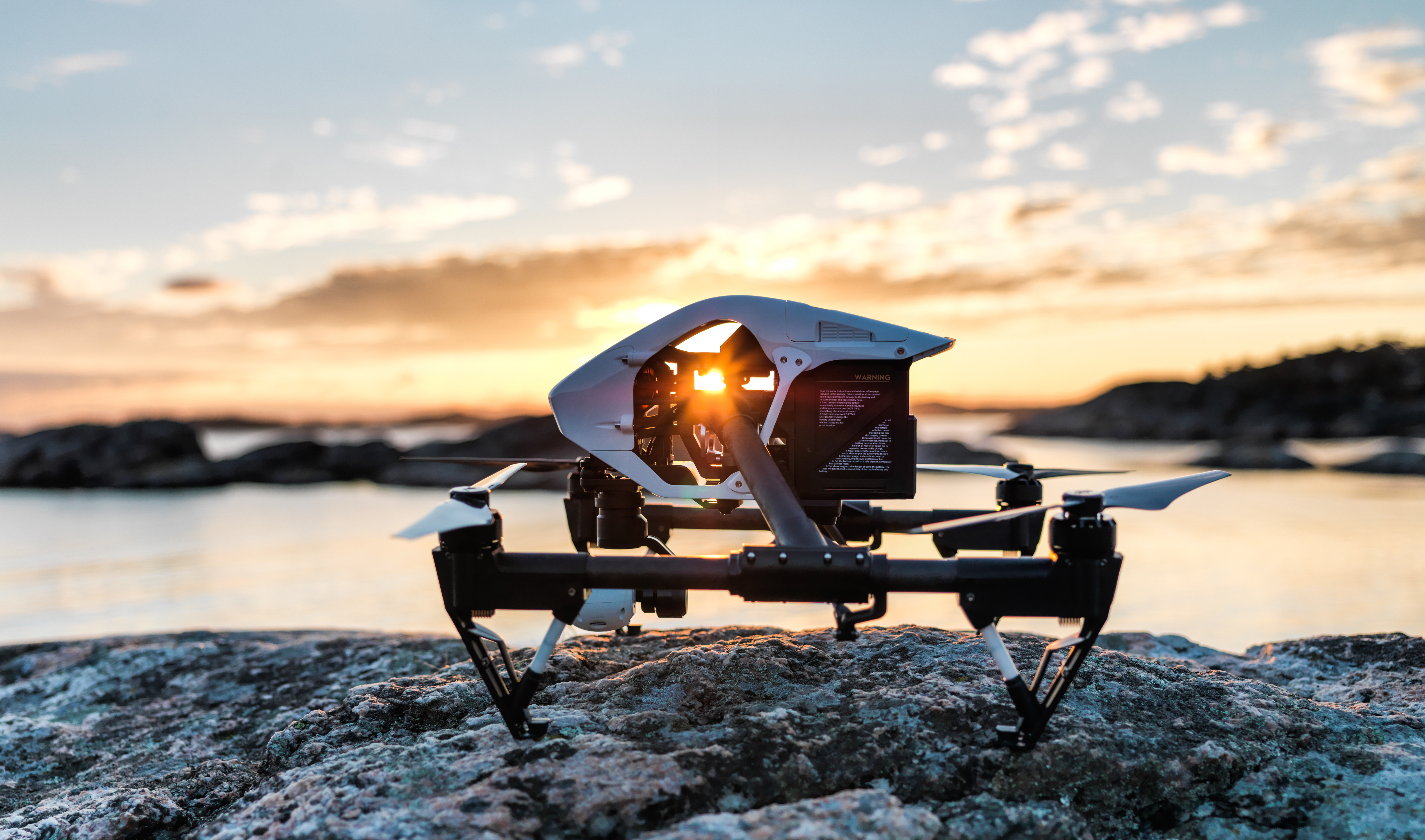Drone NPRM – What We Need to Do Now
We have reviewed all 190+ pages of the FAA’s proposed rules for commercial use of drones (“small UAS”). Our review confirms the initial impression we posted on Monday. Overall, the proposed rules are much more flexible and conducive to commercial operations of small UAS (those weighing 55 pounds or less) than most industry observers expected.
But the formal rulemaking process has just begun; it will be 18 months or more until the proposed rules become final. In the meantime, there is still a lot of heavy lifting to be done to make sure that the final rules are as favorable as possible to the smaller stakeholders in the commercial drone space – new manufacturers, distributors, and all types of innovative operators. All of these stakeholders need to become more involved than they have been to date. There will be an opportunity to file public comments (the deadline will be sometime in late April or May). There should also be an opportunity to file reply comments responding to other parties’ comments, although that’s not mentioned in the FAA NPRM.
The FAA is not experienced in rulemaking proceedings that involve hundreds of parties with diverging and opposing views. They will struggle with this process. The only way to ensure that the commercial pilots, large agriculture firms, manned helicopter operations and defense/homeland security firms don’t dominate the rulemaking process and erect barriers to the development of innovation and competition is to file comments on the important issues.
Smaller sUAS stakeholders will generally want to file comments supporting the FAA’s position on several key issues in the proposed rules:
- No pilot’s license or flight school should be required
- No visual observer should be required
- No ATC permission should be necessary to operate in Class G airspace
- No airworthiness certification should be required for an sUAV
Depending on their business plans, smaller sUAS stakeholders may want to oppose the FAA’s position on other issues in the proposed rules:
- The daylight operation limitation
- The visual line of sight limitation
- The 500 foot AGL limitation
- The prohibition on flying over people not involved in the commercial operation
- Other geographic limitations on sUAS operations
In addition, the FAA asked for comments on several other issues that are likely to be crucial for some smaller stakeholders. The most important by far is the proposal to create a new category of microUAS involving drones weighing under 4.4 pounds. This category would cover many drones used solely for data acquisition purposes (surveying, photography, etc.). They would be subject to fewer regulations than are in the NPRM, and could potentially be allowed to fly over people not involved in the commercial operation.
Other issues that could be important to smaller stakeholders are whether the final rules:
- Can include ways in which a first-person-view device could be used by the operator without compromising the risk mitigation provided by the proposed visual-line-of-sight requirement.
- Should provide for a process (such as a letter of authorization or a waiver), by which the FAA could relax operating restrictions on sUAS equipped with new technology that addresses the safety and other concerns underlying the proposed operating restrictions.
- Should include a process to modify the rules quickly as technology advances (e.g., the development of sense and avoid technology that could lead to beyond-line-of-sight operation).
If there are issues that you strongly support or oppose in the proposed rules, or that you believe should be in the rules but are not, you should be filing comments. We can help you articulate your concerns in a way that will maximize your impact. For more information, telephone us at 312-201-8310 or use the contact form below.
Today’s guest post was written by Mark Del Bianco, special counsel to the Antonelli Law Drone/UAS Practice Group. Mr. Del Bianco has 30 years of experience representing clients in rule-makings and enforcement proceedings. His litigation experience ranges from state trial courts to case briefs before the U.S. Supreme Court, and has litigated the constitutionality of state laws at the intersection of technology and privacy.
#Drone NPRM

